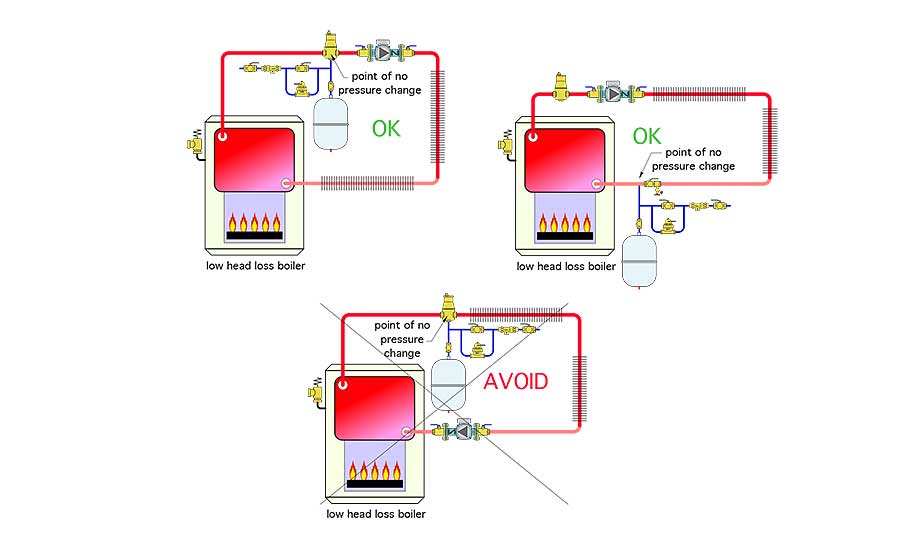Now that the weather's warm, I'm going to install the new boiler I bought three years ago..
My original boiler is a Thermodynamics that has two circulators and are on the low or return side. The Slant/Fin manual shows a drawing of the TR-30 boiler as having the circulator on top or the feed side.
I am replacing all the piping anyway, but since I have to have two circulators, the return side would make a neater installation IMO.
If there's no difference, I'll put them on the low side. If there is a reason to put them on the high side, I'll do that. This boiler is in the basement of a two story colonial with a heat exchanger in the attic, so it's a bit more than two stories I guess.
John
EDIT: since I am adding a thermostatic mixing valve to my hot water system, will this eliminate the need for a flow regulating valve that Slant recommends to keep from overdrawing the tankless coil, or should I use both?
My original boiler is a Thermodynamics that has two circulators and are on the low or return side. The Slant/Fin manual shows a drawing of the TR-30 boiler as having the circulator on top or the feed side.
I am replacing all the piping anyway, but since I have to have two circulators, the return side would make a neater installation IMO.
If there's no difference, I'll put them on the low side. If there is a reason to put them on the high side, I'll do that. This boiler is in the basement of a two story colonial with a heat exchanger in the attic, so it's a bit more than two stories I guess.
John
EDIT: since I am adding a thermostatic mixing valve to my hot water system, will this eliminate the need for a flow regulating valve that Slant recommends to keep from overdrawing the tankless coil, or should I use both?
Last edited:



